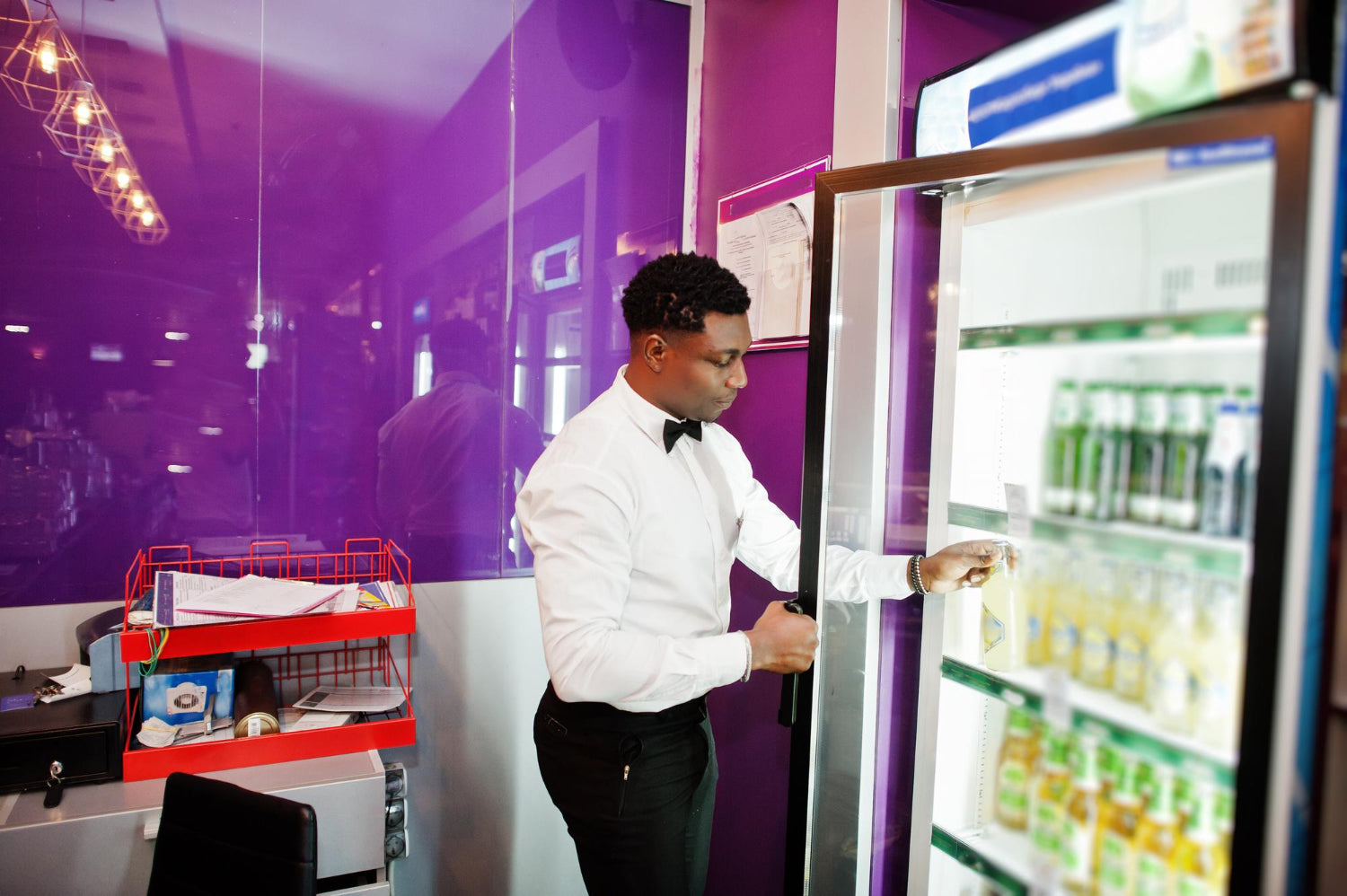
How Ambient Temperature Affects Commercial Fridges
The ambient temperature around your commercial fridge can play a big role in how well it performs. When temperatures fluctuate, so does the efficiency of your refrigerator, which can affect food safety and energy costs. Understanding how your fridge interacts with its surrounding environment can help you maintain consistent performance year-round.
Temperature changes can challenge any refrigeration system. Hot days can make a fridge work overtime, while cold temperatures might affect its operation in surprising ways. Recognising these effects allows you to take simple steps that keep your equipment running smoothly.
Whether your business is enduring a heatwave or a sudden cold snap, knowing how to adjust and maintain your fridge can make a big difference. By learning about the influence of ambient temperatures, you can ensure your fridge continues to protect your inventory and save on energy bills, keeping your business efficient and reliable.
The Science Behind Ambient Temperature and Refrigeration
Ambient temperature significantly affects how well a commercial fridge operates. The outside temperature influences how much effort your fridge needs to expend to maintain its internal coolness. If the surrounding air is warm, the fridge's compressor will need to work harder to remove the heat inside, which can reduce cooling efficiency.
The basic science at play involves heat transfer. Fridges operate by moving heat from the inside to the outside. When ambient temperatures climb, this process becomes less efficient because the fridge must work against the higher external heat. This struggle can lead the compressor to cycle more frequently, consuming more energy and potentially leading to wear faster than normal.
Several factors show how ambient temperature affects refrigeration:
- Cooling Load: Higher temperatures increase the cooling load, making the fridge run more often.
- Humidity: More moisture in the air increases condensation inside the fridge, affecting efficiency.
- Heat Dissipation: Warmer environments can slow down heat dissipation from the fridge's coils, making cooling less effective.
Understanding these principles helps in foreseeing potential issues and adapting strategies to maintain optimal cooling performance. Keeping an eye on external temperatures can play a crucial role in the preventative approach to refrigeration efficiency.
Challenges of Extreme Temperatures
Extreme temperatures present specific challenges for commercial fridges. High ambient temperatures can push refrigeration systems to their limits, while low temperatures can cause unique problems.
When temperatures rise, fridges face several issues:
- Overburdened Compressors: As temperatures spike, compressors work overtime, which can lead to overheating and failure.
- Increased Energy Usage: Maintaining a set coolness in higher temperatures spikes electricity consumption, inflating energy bills.
- Potential Spoilage: If cooling efficiency drops, the risk of food spoilage and safety concerns increases.
On the flip side, cold ambient temperatures bring their own difficulties:
- Reduced Efficiency: Extremely low temperatures can cause refrigerants to thicken, affecting their flow and efficiency.
- Component Damage: Cold can make materials brittle, increasing the likelihood of cracks or breaks in components.
- Cooling Disruption: If a fridge’s external thermostatic controls or settings are influenced by cold air, they might reduce cooling performance unnecessarily.
Understanding these challenges helps equip you to install mitigation strategies, such as additional insulation or environmental adjustments, ensuring that commercial fridges remain effective under varying conditions. Regular monitoring of ambient temperatures helps anticipate and address these issues swiftly.
Optimising Fridge Performance in Varying Temperatures
To ensure your commercial fridge functions efficiently across different temperatures, adjusting its settings and environment is crucial. Adapting to temperature changes helps in maintaining refrigeration effectiveness and energy efficiency.
Here are ways to optimise fridge performance:
- Adjust Thermostat Settings: During hotter weather, consider lowering the thermostat slightly to help the fridge maintain the desired internal temperature.
- Use Fans or Air Circulators: These can help to move the air around the fridge, aiding in better cooling, especially in warmer conditions.
- Strategic Placement: Keep the fridge away from heat sources like ovens or direct sunlight, which can raise its external heat load.
Proper ventilation is equally important. Ensure there is enough space around the fridge to allow heat to dissipate effectively. Avoid pushing fridges too close to walls, as this can trap heat and decrease cooling power. Installing fans around the fridge's ventilation areas can assist in maintaining airflow, particularly in environments that frequently change temperatures.
By implementing these strategies, you can extend the life of your equipment and maintain efficiency regardless of the season.
Monitoring and Maintenance Tips
To manage ambient temperature effects on your fridge, invest in regular monitoring and maintenance. Efficient tracking and proper care ensure the longevity and reliability of your equipment.
Useful tools and techniques include:
- Temperature Loggers: These devices help you accurately track temperature fluctuations around the fridge. This data is essential for making timely adjustments.
- Smart Thermostats: Opt for thermostats that can be adjusted remotely, allowing for easy management during temperature changes.
- Routine Inspections: Regularly check seals, coils, and refrigerant levels to ensure everything is functioning correctly.
Consistent maintenance practices also play a role. Clean the fridge's interior and coils frequently to remove dust and dirt that can affect performance. Schedule regular professional inspections to catch potential issues before they escalate. Proper maintenance keeps your fridge running smoothly and reduces the risk of unexpected breakdowns.
Conclusion
Understanding how ambient temperature affects your commercial fridge is key to maintaining its performance and ensuring your business runs smoothly. By recognising the challenges posed by extreme temperatures, you can implement effective solutions and optimise equipment efficiency. Adjusting settings, ensuring proper ventilation, and committing to routine maintenance help extend the life of your fridge and avoid costly repairs.
If you want further assistance in managing your refrigeration needs, Refrigeration Experts offers a range of services tailored to help you keep your commercial fridge at optimal performance. Whether you need advice or regular maintenance, our team is here to ensure your refrigeration systems stay reliable and efficient. Reach out to us today for expert support and solutions that suit your business needs.
